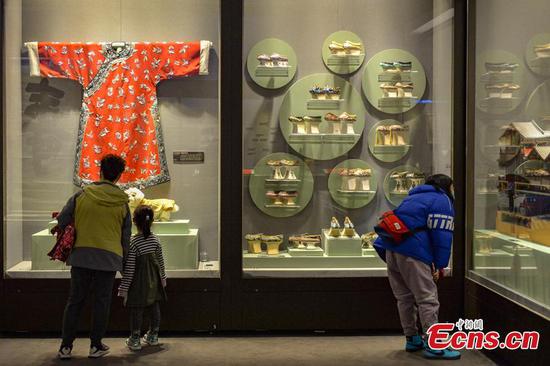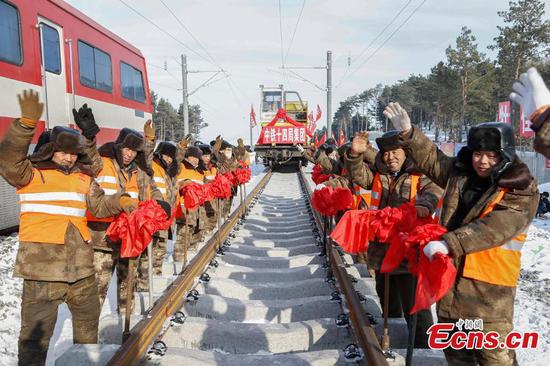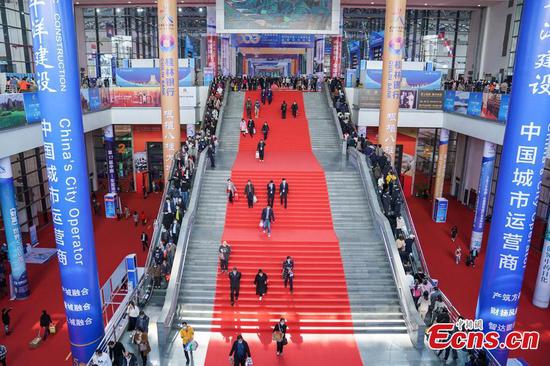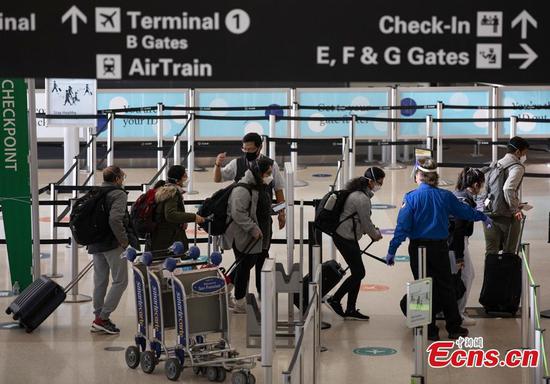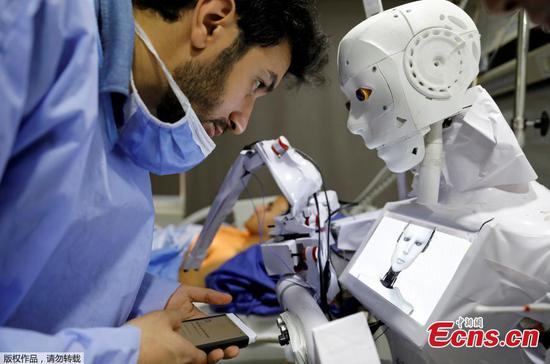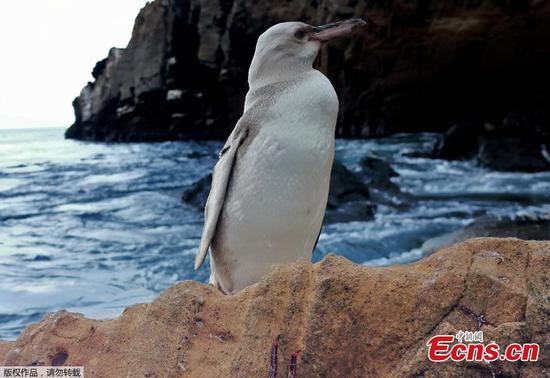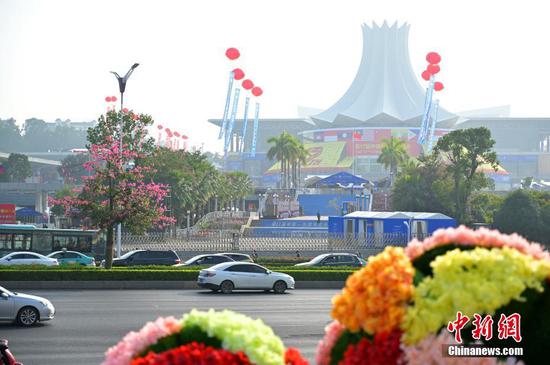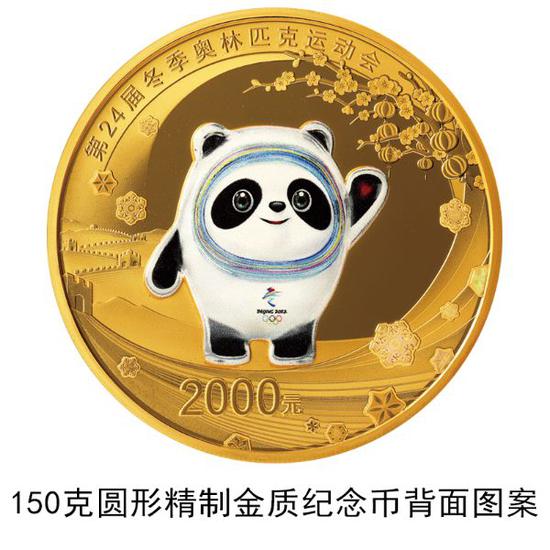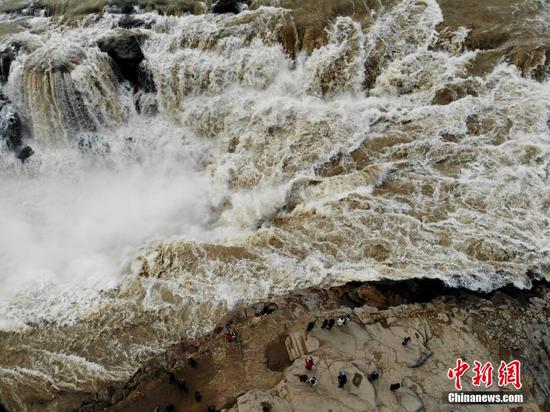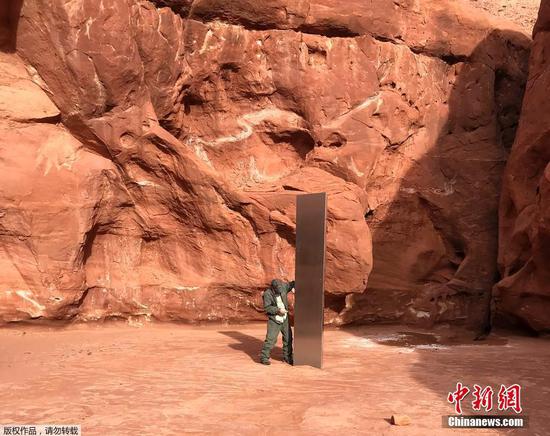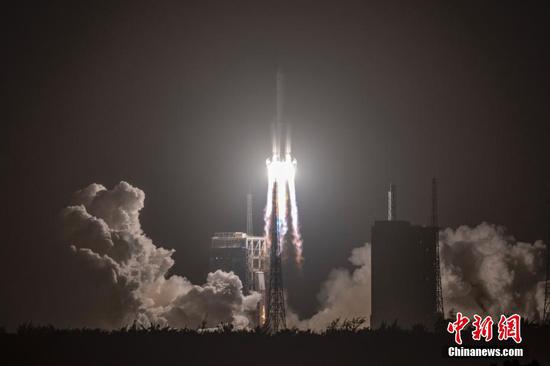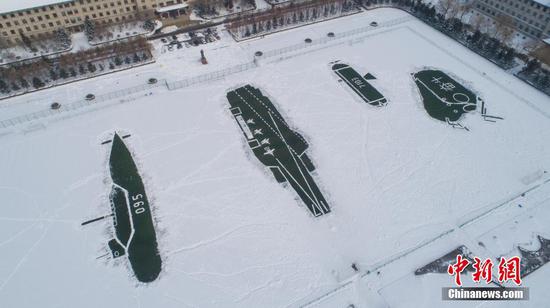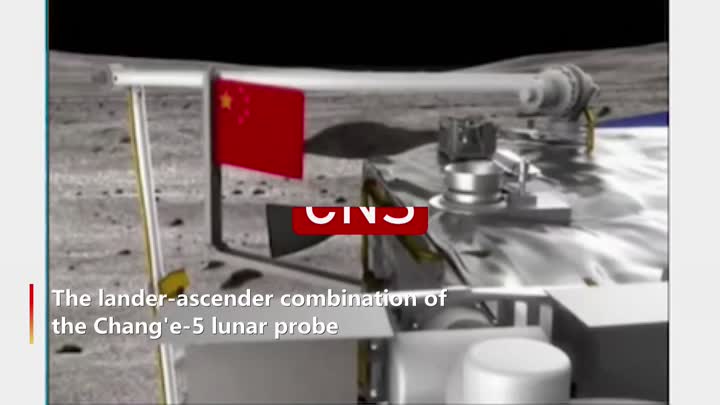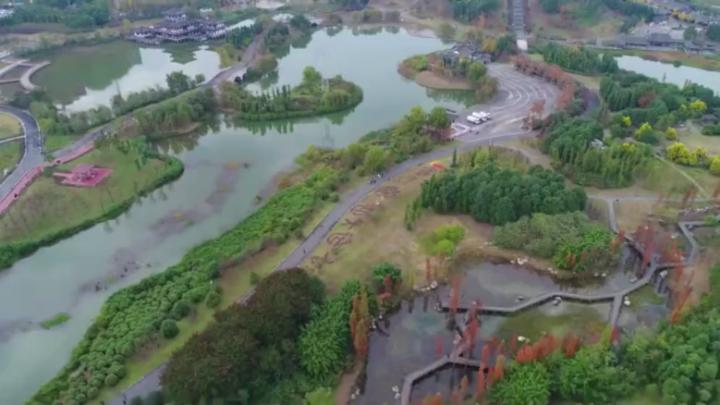The ascender of China's Chang'e-5 probe successfully rendezvoused and docked with the orbiter-returner combination in lunar orbit at 5:42 a.m. (Beijing Time) on Sunday, the China National Space Administration (CNSA) has announced.
This is the first time Chinese spacecraft have carried out rendezvous and docking in lunar orbit.
The samples collected on the moon had been transferred from the ascender to the returner safely by 6:12 a.m., said the CNSA.
Chang'e-5 is one of the most complicated and challenging missions in Chinese aerospace history, as well as the world's first moon-sample mission in more than 40 years.
The Chang'e-5 probe, comprising an orbiter, a lander, an ascender and a returner, was launched on Nov. 24, and its lander-ascender combination touched down on the north of the Mons Rumker in Oceanus Procellarum, also known as the Ocean of Storms, on the near side of the moon on Dec. 1.
After the samples were collected and sealed, the ascender of Chang'e-5 took off from the lunar surface on Dec. 3.
Although China's spacecraft had carried out several rendezvous and docking operations in low-Earth orbit, an unmanned rendezvous and docking in lunar orbit, around 380,000 km away, is much more difficult.
The orbiter-returner combination gradually approached the ascender through long-range guidance and short-range autonomous control, and captured the ascender with holding claws.
The high-precision accelerometers, developed by the China Aerospace Science and Industry Corporation Limited (CASIC), helped measure velocity changes, so that the relative velocity between the ascender and orbiter-returner combination could be controlled as finely as possible, a key to accomplishing automatic rendezvous and docking.
The acceleration during rendezvous and docking is much smaller than that during the liftoff of a spacecraft, and the high-precision accelerometers can realize the precise measurement of tiny acceleration, said CASIC experts.
The microwave radar, the probe's only instrument for long-distance measurement in lunar orbit, successfully guided the unmanned rendezvous and docking operation.
Also a CASIC product, the microwave radar is composed of a host unit and a responding unit, respectively installed on the orbiter and the ascender. When the two approach to a distance of about 100 km, the radar starts to work, according to Sun Wu, chief engineer of the microwave radar from the CASIC.
The two spacecraft continue adjusting their flight attitudes in accordance with the radar signals until the docking mechanism on the orbiter captures and locks the ascender, Sun said.
There is a huge difference in mass between the two, increasing the difficulty of docking. Holding claws are used in the docking mechanism to weaken the impact, but this requires a higher degree of precision from the microwave radar in terms of angle measurement.
"We used an innovative error-compensation algorithm to further improve the angle-measurement accuracy, which greatly enhanced the chances of a successful, precise docking," said He Zhongqin, a designer on the microwave radar project.
Invisible lunar dust might also have affected the ascender equipped with the responding unit, and interfered with the accuracy of angle measurement. The designers solved this problem by helping the responding unit to put on a dust cover made of special materials.
The radar team repeatedly tested and upgraded their equipment in ground experiments to ensure infallible function and performance. "We would never send any doubts or defects into space," Sun said.
The Chang'e-5 probe is expected to bring about 2 kg of lunar samples back to Earth.
China chose a complicated technological approach, including unmanned rendezvous and docking in lunar orbit, in order to bring back more samples and lay a technological foundation for manned lunar missions, said Pei Zhaoyu, deputy director of the Lunar Exploration and Space Program Center of the CNSA.
Next, the orbiter-returner will separate from the ascender, and wait for the right time to return to Earth.









